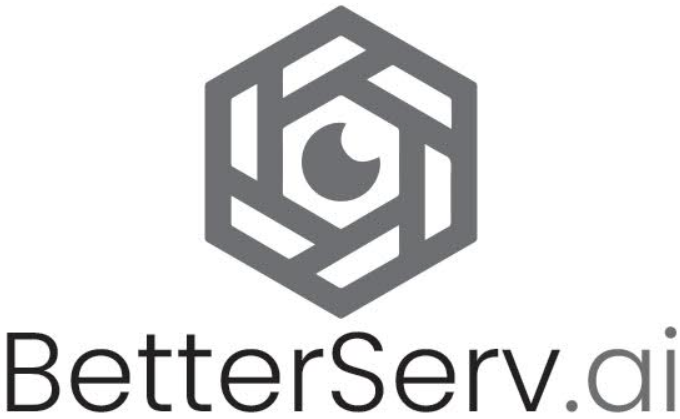The Future of Visual Intelligence
The smarter way to get rid of inconvenience
The use case below demonstrates how Image Recognition AI can contribute to creating more inclusive public spaces by monitoring wheelchair accessibility and facilitating timely improvements when needed.
Scenario
In addition to monitoring wheelchair accessibility, this use case includes the monitoring of wheelchair occupancy and availability in public spaces. Image Recognition AI is deployed to ensure not only accessibility but also the availability of wheelchairs and the well-being of individuals using them.
Alerts and Notifications
Occupancy Alerts
When a person occupies a wheelchair and remains unattended for an extended period, the AI system generates an automated alert. This alert is sent to designated personnel or security personnel responsible for providing assistance.
Empty Wheelchair Alerts
If a wheelchair becomes unoccupied and remains unattended, an alert is generated to notify the team. This helps prevent abandoned wheelchairs from obstructing pathways.
Wheelchair Availability Alerts
Upon receiving occupancy or empty wheelchair alerts, designated personnel can respond promptly to assist individuals or address any issues with unattended wheelchairs. In the case of availability alerts, staff can restock wheelchair stations as needed.
Response
Upon receiving occupancy or empty wheelchair alerts, designated personnel can respond promptly to assist individuals or address any issues with unattended wheelchairs. In the case of availability alerts, staff can restock wheelchair stations as needed.
Benefits
![]()
Enhanced Accessibility
The system ensures both accessibility and the availability of wheelchairs, providing a seamless experience for wheelchair users.
![]()
Safety and Well-being
Prompt alerts for unattended occupants enhance the safety and well-being of individuals using wheelchairs.
![]()
Efficient Resource Management
The system helps optimize the distribution of wheelchairs in the public space, reducing the risk of shortages.
![]()
Preventative Maintenance
Identifying unattended wheelchairs and addressing issues promptly prevents them from blocking pathways and hindering accessibility.
Security and Privacy Considerations:
- Ensure that the system does not capture or store any personally identifiable information (PII) of individuals using wheelchairs.
- Implement secure data handling and storage practices to protect user privacy.
Drive Engagement, Boost Sales, and Enhance Location-Based Strategies
Geofencing is a location-based technology that allows you to create virtual boundaries or “geofences” around a specific geographic area. These virtual boundaries are typically defined using GPS (Global Positioning System) coordinates or other location data, and they can be used for various purposes, particularly in mobile applications and marketing.
Retail Marketing and Promotions
Scenario
A retail store chain with multiple physical locations wants to leverage geofencing technology to attract more customers to its stores, increase sales, and enhance the overall shopping experience.
User Engagement
When a customer with the mobile app enters a geofenced area, the app detects their location and triggers a notification on their smartphone. The notification may contain enticing offers, such as discounts, promotions, or exclusive deals available only to app users. It could also provide information about the store’s current offerings, upcoming events, or loyalty program rewards.
Personalization
The retailer can use data about the customer’s past shopping behavior, preferences, and purchase history to personalize the content of the notifications, ensuring that the offers are relevant and appealing to each individual.
Call to Action
The notifications often include a clear call to action, such as “Visit our store now and get 20% off on your purchase”, or “Show this notification at the cash register to redeem your discount”.
Measurement and Analytics
The retail company can track the effectiveness of its geofencing campaigns by analyzing key metrics, including the number of notifications sent, open rates, conversion rates, and the overall impact on foot traffic and sales at each store.
Benefits of Geofencing in Retail Marketing and Promotions:
![]()
Increased Foot Traffic
By sending targeted and timely notifications to potential customers when they are near a store, geofencing helps drive more people into physical retail locations.
![]()
Higher Sales Conversion
Personalized offers and promotions are more likely to convert into sales, as they are tailored to the individual’s preferences and immediate shopping context.
![]()
Enhanced Customer Engagement
Geofencing allows retailers to engage with customers in real-time, making the shopping experience more interactive and enjoyable.
![]()
Data-Driven Marketing
Retailers can gather valuable data on customer behavior and campaign performance, enabling them to refine their marketing strategies over time.
